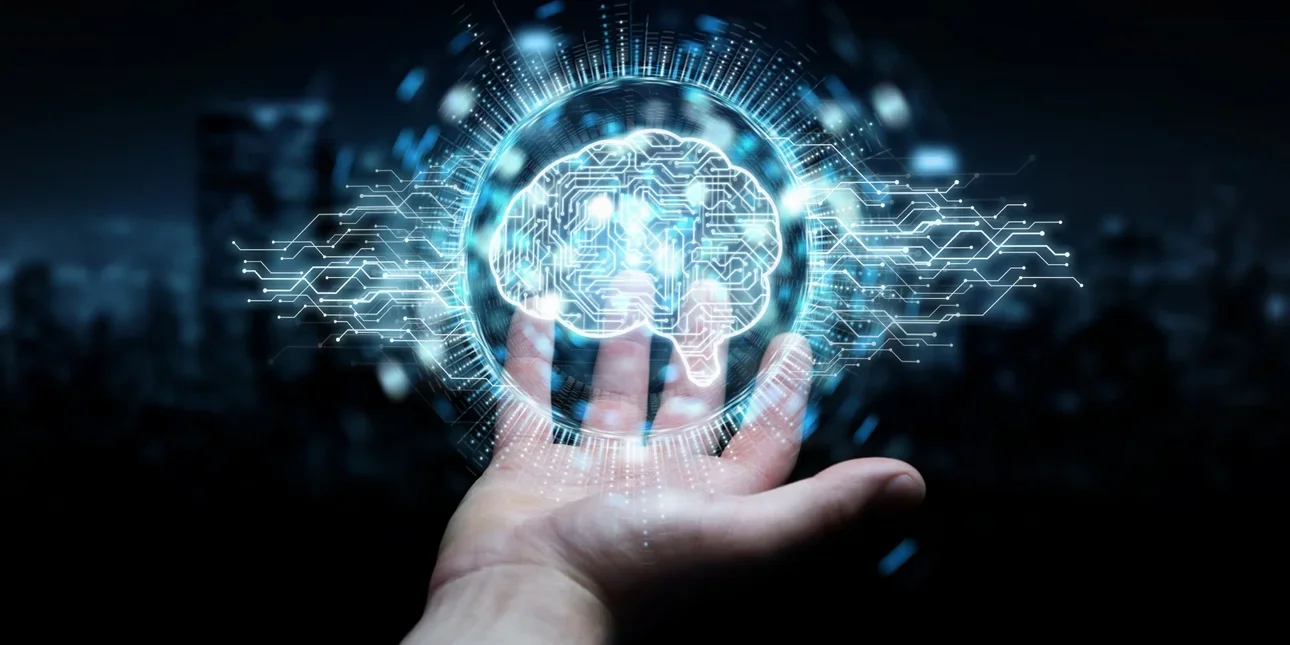Why Artificial Intelligence “Breaks Its Teeth” in Archaeology
Artificial intelligence is now considered a powerful tool in many fields, but in one area it still falls behind: archaeology.
Despite advanced technologies that allow “remote” underground exploration and the impressive breakthroughs of modern DNA analysis, the classification and reconstruction of archaeological finds remains a demanding challenge.
Ayelet Tal, a computer scientist and AI specialist at the Technion Israel Institute of Technology, recently shared her experiences at the Visual Computing Trends conference held by the Vrvis research center in Vienna.
Tal explained that when she first began collaborating with the Archaeology Department at the University of Haifa, she expected AI algorithms to quickly solve many of the field’s problems.
“I thought it would be easy: publish a few scientific papers and everyone would be happy,” she says, laughing today 15 years into the research.
The greatest obstacle, she admits, was not a lack of technological tools, but the nature of the field itself.
Most archaeological databases are small and closed to the public, making access difficult, while training a model to recognize specific artifacts requires expertise that is simply not always available.
Moreover, it is still extremely difficult for AI to identify and reassemble broken objects that have deteriorated over time.
The example of thousands of seals
Tal’s team, however, has achieved tangible results through innovative tools.
With support from universities in Switzerland and Israel, they developed image-recognition software that compares the patterns on seal stones found in southern Israel. This allows researchers to upload an image of a new find and receive suggestions for similar examples within seconds something that previously required hours of painstaking searching in libraries and catalogues.
“What may sound simple to most people is revolutionary for the archaeological community,” says Stefan Munger of the University of Bern.
The motifs on the seals from animals and spirals to deities and symbols reveal crucial clues about the sociopolitical structures of periods for which we have almost no written sources.
Of course, the results are not always perfect. But as Munger notes, even one correct match among the first twenty suggestions can make a meaningful difference.
Tal stresses that artificial intelligence will not replace human expertise in archaeology, but it can become a valuable tool. As Munger adds: “AI will lack intuition for a long time to come. Archaeology is a game of impressions sight, touch, and experience guide the expert toward the right conclusion.”







